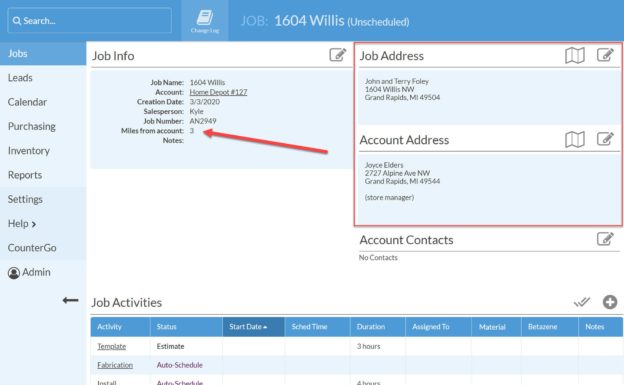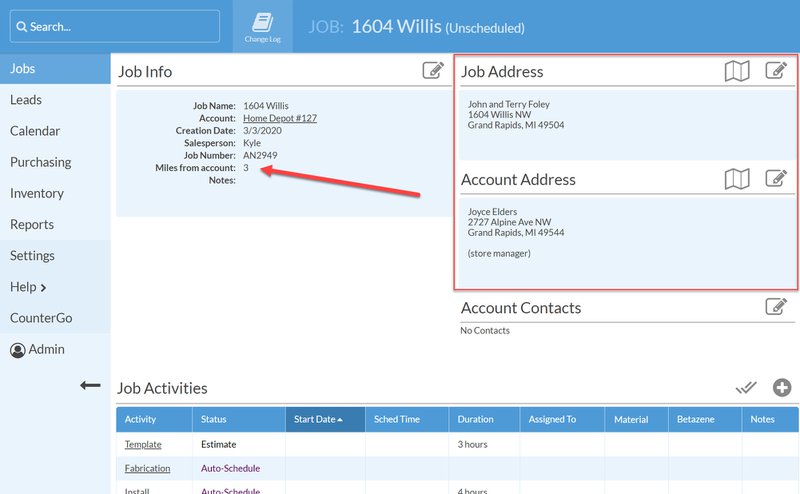Last week I wrote about my first solution for my new business, Simple Integrations. Even though I'm still primarily focused on getting an important feature out the door for Moraware and training my replacement, I'll have this tiny solution in production for four customers by the end of the month! It solves such a clear problem that I don't even have to sell it – word’s just getting around. I look forward to building many more solutions like that – and selling this one at least a dozen more times.
There’s one notable topic I didn’t discuss last week: HOW I built that solution. The thing is – my customers don’t care. I certainly have a valuable “bag of tricks” that I reach into to solve problems, but my customers just want their business problems to go away. They’re actually pretty flexible about how it’s done.
In a foundational way, technology does matter, of course. I wouldn’t be able to solve these problems effectively without the emergence of cloud platforms like Amazon Web Services (AWS) and Microsoft Azure. Over the last decade, these platforms completely changed what’s possible for a small company like mine to achieve.
For example, before “serverless computing” (such as Lambda from AWS or Azure Functions from Microsoft), I would have had to run my own (virtual) servers, keep them patched with security updates, and figure out how to scale them up and down as my customers’ needs changed. That’s expensive. Realistically, I would have had to invest in an infrastructure costing hundreds of dollars per month if I were doing this work a decade ago.
Now, Amazon handles all those important details for me, and I barely have to think about them. I just got my monthly bill from AWS: 51 cents. Recognize that I have multiple serverless functions being triggered every minute of the month for a handful of customers. That’s literally costing me pennies right now. Yeah, I think I can scale that.
So yes, the cloud does indeed change everything – but you don’t have to know about the details to take advantage of it. If it involves making a couple of systems talk to each other, I can take advantage of it for you! Feel free to reach out.


